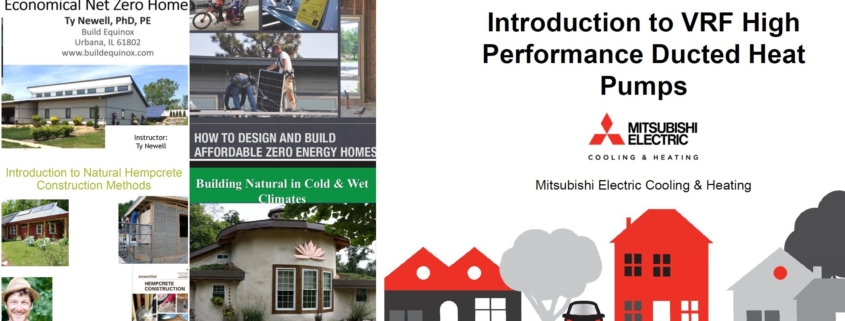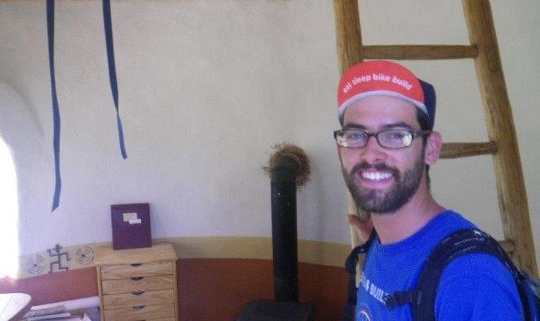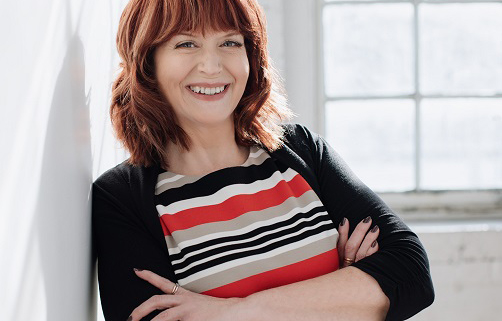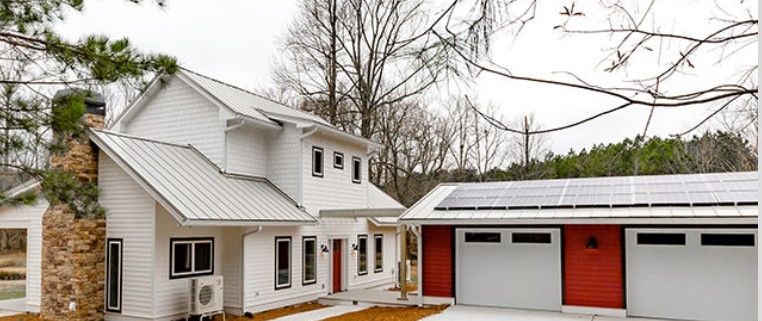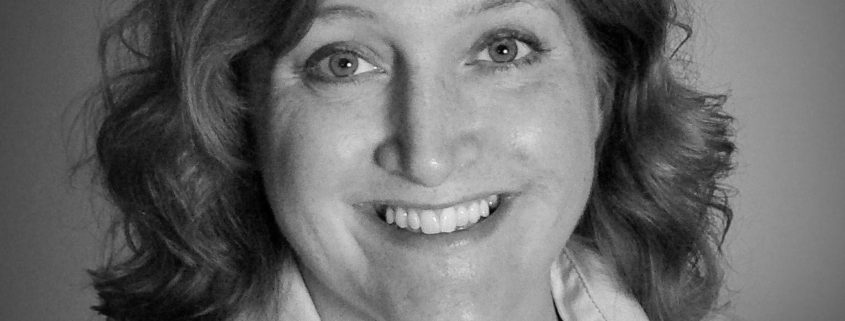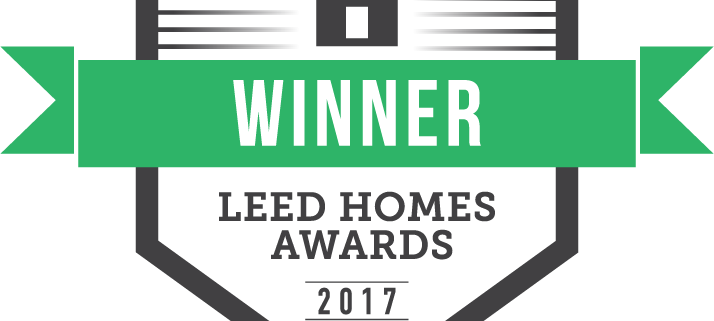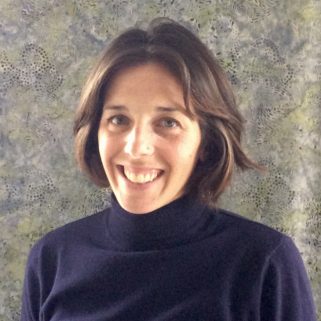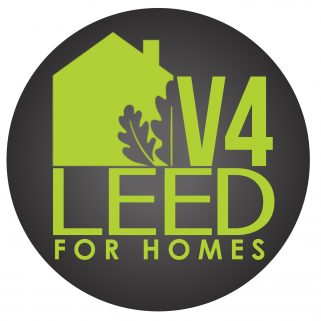Will Gallmeyer, Green Projects Group joins GHI Board of Directors in 2019, Elected Treasurer
/0 Comments/in -local, Illinois, Indiana, Massachusetts, michigan--local, Minnesota, Ohio, wisconsin--local/by Brett LittleWill is President at Green Projects Group, currently focusing on LED lighting supply. His background is in utility rebate programs, residential energy auditing, and construction/remodeling. He is passionate about affordable housing, energy efficiency, natural building, and cooperation. He is also on boards at Circle Pines Center and Fountain Street Church. His wife, Samantha, is passionate about birth work. Their dog, Tawny, is just an adorable dog. He was recently very inspired by Drawdown and wants to create a vehicle to implement those solutions hyper-locally.
Will serves as the Treasurer for GHI.
Kay T. Rose, Hope Network Housing Development Corp joins GHI Board of Directors in 2019
/0 Comments/in Local, -local, Illinois, Indiana, Massachusetts, Michigan, michigan--local, Minnesota, Ohio, wisconsin--local/by Brett LittleKay Rose, a West Michigan native, has an extensive background in professional administration and customer service in both the for-profit and non-profit sectors. She brings an overall understanding of business and a passion for being environmentally conscious to the Board. Always looking to learn more about green building options, she is excited to join efforts with GHI to educate and encourage residents to explore greener alternatives. An avid believer in reuse, recycle, repurpose, she enjoys breathing new life into ‘funky junk’ in her spare time, as well as travel, exploring the outdoors, hiking, camping – always with camera in hand. Currently, Kay works with the Hope Network Housing Development team focusing on affordable housing solutions and integrating supportive services for those most in need of help.
CEO of Mitsubishi US picks up Zero Energy Capable Certification
/0 Comments/in Local, Certified Homes, Illinois, Indiana, Massachusetts, Michigan, Minnesota, Ohio, Single-Family Projects, Wisconsin, Zero Energy Capable/by Brett LittleClean Energy Credit Union – New GHI membership benefit!
/0 Comments/in Local, Illinois, Indiana, Massachusetts, Michigan, Minnesota, Ohio, Wisconsin/by Brett LittleWell, it is not often we add new benefits but this one we are really excited about!
As a GreenHome Institute member, as well as your clients, are now eligible to join Clean Energy Credit Union (www.cleanenergycu.org), an online-only financial institution that focuses exclusively on providing loans for clean energy products and services such as electric vehicles, solar electric systems, geothermal systems, green home improvements, and electric bicycles. Clean Energy Credit Union envisions a world where everyone can participate in the clean energy movement, and it helps fulfill this vision by:
(a) making it easier for everyone to afford to use clean energy (or save energy) by offering loans with better terms; and
(b) making it easier for everyone to invest in the clean energy movement by offering federally insured deposit opportunities whereby the deposits are solely used to help others pursue their clean energy projects.
In case it helps, here’s some background about credit union membership eligibility requirements: although credit unions provide similar services as banks, they are different from banks in many ways. For example, a credit union is a not-for-profit, financial services cooperative that exists solely to serve its members and to fulfill its mission, whereas a bank exists to maximize financial returns for its stockholders. Another difference is that a bank can serve the general public whereas a credit union can only serve its “field of membership,” which is defined by regulators as the people and entities that are legally eligible to join the credit union. Ultimately, a credit union’s field of membership is comprised of one or more groups of people and entities that all have something in common that binds them together in some way. Many credit unions have a field of membership that includes people who work for a certain employer, or who live in a certain geographic area, or who are members of the same professional association or religious organization. Clean Energy Credit Union’s field of membership consists of mission-aligned organizations like Greenhome Institute that are partners in working to grow the clean energy movement.
GHI will continue to help you breakdown the barriers to upfront costs for energy effecient and net zero housing!
Learn about our GHI membership here and all our benefits!
Kris Hunter, Battery & Solar Expert joins GHI Board of Directors in 2018
/0 Comments/in Local, Illinois, Indiana, Massachusetts, Michigan, Minnesota, Ohio, Wisconsin/by Brett LittleKris Hunter is an owner of two West Michigan based companies—Hunter Energy Resources LLC, a solar PV system design and installation firm and Global Battery Solutions LLC, an advanced chemistry battery solutions provider. She has been an active advocate for the advancement of energy efficiency and the use of renewable energy for over 10 years and has participated in many grassroots efforts to educate community members—leading seminars for faith-based organizations, educational institutions and local youth groups. Kris has been involved with the Midwest Renewable Energy Association, GreenMichigan.org, and has served as a member of the Board of Directors for the Great Lakes Renewable Energy Association (glrea.org).
Members Tom Bassett-Dilley Architect & Habitat for Humanity Kent County featured in USGBC LEED Homes Awards
/0 Comments/in Local, Green Home Institute, GRGAH, Illinois, Indiana, Massachusetts, Michigan, Minnesota, Ohio, Wisconsin/by Brett LittleNew LEED Green Rater Courtney Royal takes her own house LEED and Zero Energy in NY!
/0 Comments/in Local, Illinois, Indiana, Michigan, Minnesota, Ohio, Wisconsin/by Brett LittleWelcome our brand new credentialed LEED green rater who is serving the Upstate New York Region and behind to help people (re)build healthier and greener buildings.
Courtney has provided consulting services for a wide range of buildings, including commercial and multifamily projects. She currently provides consulting and technical support to project teams on sustainable building design and manages the LEED certification process from project inception through certification. Courtney specializes in LEED-NC, -EBOM, and -CS rating systems. Courtney holds a BA in Business Management from Western Michigan University and a MS in Energy Management from the New York Institute of Technology. She also holds a Certificate in Green Building Design from Cooper Union in New York City. Courtney became a LEED AP in 2008 and a LEED for Homes Green Rater in 2017.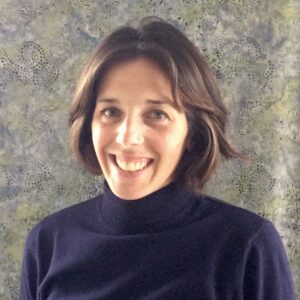
Taitem Engineering, PC, is a consulting engineering firm focused on energy efficiency, green building design, and renewable energy. Our team of MEPS engineers, energy analysts and sustainability consultants help buildings perform better, and help local and NYS energy programs deliver savings. Taitem’s award-winning solar division has installed hundreds of solar photovoltaic systems for homes and businesses. Additional services include Aeroseal duct sealing, commissioning, LEED certification, research and training. In 2013, Taitem earned B-Corporation status, meeting rigorous standards of social and environmental performance, accountability, and transparency. “Taitem” stands for “technology as if the Earth mattered,” reflecting the firm’s commitment to the environment.
Courtney is taking her own home in Ithica through the LEED for Homes process and aiming for Platinum along with the Zero Energy Capable Certification.
Below are the highlights and features of her home the Hemsin House.
- Located in Ithaca, New York
- Hemsin is the name of the region Umit is from in Turkey, it means “always fun”
- 2,240 sqft single family home, two-floors, new construction
- Zero Energy Building, LEED for Homes Platinum certification pending
- WaterSense and Indoor AirPLUS certification pending
- Energy Star certified
- 1.8 ACH 50
- HERS score 8
- R-45 mineral wool cavity exterior wall insulation, R-60 ceiling blown-in cellulose insulation, R-16 underslab insulation, R-16 vertical slab insulation at 4 inch length.
- Advanced framing methods applied; for instance, 24 inch OC for exterior walls
- Slab on grade
- 14-15% Window to Wall Ratio (WWR)
- Half of the house windows are R-5 and other half are R-3.5
- DHW will be provided by an air-source heat pump
- One mini-split air source heat pump provides heating
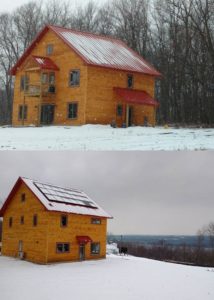
- Supplemental electric resistance baseboards are installed in the bedrooms, but should only if space temperature goes down to 64°F
- Energy Star appliances throughout
- Energy Star-certified metal roof
- Heat Pump Clothes Dryer
- 6.9 kw solar pv array
- Achieved lots of daylighting by using a wedged wall around the windows and highly reflective surfaces and paints throughout
- Low-VOC paints, coatings, sealants, and adhesives
- Incorporated local hardwood and local reclaimed hardwood
- No invasive and native landscaping
- Stormwater management design features swales that feed a pond on-site
- 100% post-consumer recycled paper and petroleum-free resin kitchen countertops
Make sure you contact Courtney before your next new or residential renovation to ensure it is cerified and built, BETTER.
A ventilation system that monitors the air for toxins when they are present?
/0 Comments/in Local, Illinois, Indiana, Michigan, Minnesota, Ohio, Wisconsin/by Brett LittleBuild Equinox manufactures the CERV (pronounced “serve”) smart ventilation system. On-board CO2 and VOC sensors combined with heat pump energy recovery make the CERV the most capable air quality management system for high-performance homes. Real-time monitoring of the home’s air quality along with temperature and humidity give control and peace of mind to homeowners that their house is being kept healthy and comfortable. Designed and built in the United States, the CERV is UL Listed and assembled in a 100% solar powered facility located in Urbana, Illinois. Live Healthier, Live Longer. Live Better with a CERV.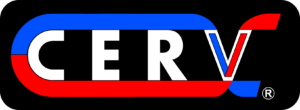
LEED is changing. Are you ready?
/0 Comments/in Local, Illinois, Indiana, Michigan, Minnesota, Ohio, Wisconsin/by Brett LittleSo here we are, October 2016.
Those of us in the green building world know this is a big month.
The universe’s largest green building certification program is about to do an upgrade. You knew it was coming for a long time, similar to a Windows upgrade; you know you need to do it, but you just have been so busy and pushing the “upgrade later” button. In 2014 you collectively pushed it for the last time and instead opted for a small upgrade that didn’t require a restart. But now, here we are in 2016 and the upgrade is coming and it has to come and so you might be scrambling the last min to make the preparations and make sure you are ready even though you don’t feel like you are!
The construction market is back up; green building is trending as a 80 billion dollar industry (soon), and now there is 400 ppm of CO2 in the atmosphere with no end in sight. Asthma and poor indoor air quality are on the rise and some cities Like Grand Rapids, MI where I am from, construction waste is reported to make up the largest portion of landfill waste.
LEED cannot solve all our environmental problems but can serve as a guide and standard when the time to act is now. Buildings and homes account for a majority of energy sources; their location can influence driving, and they have a big impact on our health.
The new version of LEED is going to be more difficult in many ways, more energy efficiency requirements (especially for rural or less connected projects), more thought will need to go into where you source materials from, where they are going at the end of their life and if your no VOC paint is certified to be so. For multifamily buildings we need to make sure apt units are communicating less to ensure occupant health and comfort, water pressure is being tested to reduce leaks and ensure flow rates work.
These changes are different, but they are good. The good news is for Homes projects; you will see a reduction in paperwork, no more chasing subs for signatures, no more durability plans required as it is all done in energy stare and just 1 signed workbook plus a few photos and energy reports. Another bonus is water performance calculations that allow the client to decide what is more important to them, similar to energy modeling and reduce in those areas (outside, kitchen etc)
If you aren’t ready yet that is ok, we are here to help you clear off your desktop before the upgrade restarts you construction process on 10/31.
Submit your project inquiry now, and we can help you get registered asap under v2008/2009. You won’t have to pay for 90 days, giving you time to secure funds or back out in Mid January if you cannot. No commitment.
Ready to take the plunge?
On November 2nd we are hosting 2 back to two back free CEU (APH) webinars on this topic.
The first webinar is a basic understanding of LEED for Homes and how it works(updated for V4) and the 2nd session 30 minutes after is a comparison on the differences of V2008 VS V4 for homes Home, multifamily and Mid to high rise mixed use buildings.
Sign up now as space is limited!
Finally, if you want to get the full education, check out our recently launched understanding LEED for Homes V4 on demand series where we take a deep dive in each of the categories (energy, EQ etc) and compare the differences of 2008 vs. v4
Thank you for your commitment in marking homes healthier and more sustainable!
Menu
GreenHome Institute
GreenHome Institute
ATTN José Reyna
1451 Lake Drive SE, #6484
Grand Rapids, MI 49516
Tel: (616) 458-6733
Email: info@greenhomeinstitute.org
About Us
Recent Posts
- April 2024 GreenHome and Sustainability Jobs Round-Up.
- Protected: Public comment on Inflation Reduction Act Home Rebates opening in MI and beyond
- Shawn Neinhouse completed Certified GreenHome Professional Training
- Please take this MSU Student’s Mass Timber Survey
- Clean Energy Credit Union Clean Energy For All Reduces Barriers

